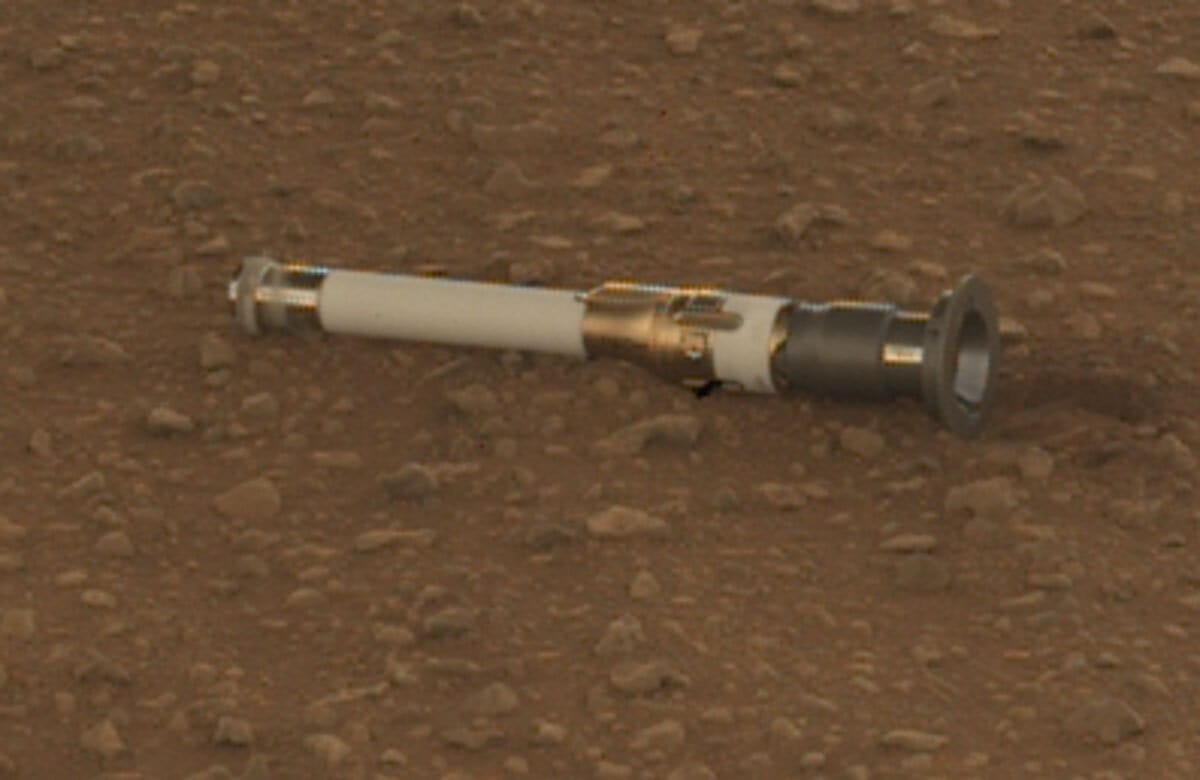NASA’s Aerospace Safety Advisory Panel (ASAP) has released its highly anticipated annual report, shedding light on a growing list of issues tied to Boeing’s CST-100 Starliner spacecraft. Presented as part of the 2024 safety assessment, the report provides both commendations and critical evaluations of the aerospace contractor’s performance, particularly following flaws identified during the Starliner’s recent demonstration flight. The findings have sparked conversations about the potential trajectory of NASA’s commercial crew program and Boeing’s role within it.
The Starliner was jointly developed as a result of NASA’s Commercial Crew Program, which aimed to fund multiple private companies to build spacecraft capable of transporting astronauts to and from the International Space Station (ISS). Through a contract worth over $4 billion, Boeing was poised to provide an alternative to SpaceX’s Crew Dragon. However, since the project’s inception, the Starliner has faced persistent technical difficulties. While the program has achieved some milestones, NASA’s latest report underscores new vulnerabilities, including hardware anomalies and previously underestimated risks associated with software integration.
The panel’s report emphasized their dual responsibility: to provide NASA with insights into potential performance risks and to act as stewards of astronaut safety. “While progress has been noted in several areas,” the report states, “critical issues remain unresolved that could jeopardize crew safety.” Among these concerns was an issue identified during Starliner’s most recent unmanned flight, hinting at deeper flaws in manufacturing quality control processes.
Flight Delays and Financial Implications
Trials for the Starliner spacecraft have been beleaguered with delays and technical mishaps, with an anticipated crewed test flight now postponed indefinitely. Each setback has resulted in increased costs for Boeing, reportedly exceeding over $2 billion in losses by the close of 2024. These mounting expenses not only reshuffle corporate budgeting but also strain NASA’s relationships with private contractors.
Despite advancements prompted by rigorous reviews, the ongoing delays further widen the gap between Boeing’s output timeline and NASA’s demand for reliable orbital transport solutions. SpaceX markedly outpaces the program with successful crewed missions on its reusable Falcon 9 and Crew Dragon systems.
Pressing Concerns Over Utility Moving Forward
Perhaps the most damning portion of the ASAP report was its questioning of Starliner’s viability in long-term operations. Currently, NASA relies heavily upon SpaceX after retiring the Space Shuttle program. Though having an additional partner like Boeing provides redundancy and competition, these advantages diminish when developmental delays impede readiness and reliability.
Safety concerns aside, wider implications loom large: either pushing Boeing to overhaul its production quality or considering alternative paths forward unrelated to the CST-100 platform. Experts from the safety panel called for “deep-dive” reviews to ensure that all facets of the project align with both public safety initiatives and NASA’s internal engineering codes.
Corporate and Contractual Challenges
Compounding Boeing’s troubles, external reviewers warn about its corporate capability to deliver amid prolific challenges in unrelated ventures, such as the 737 Max investigations. Given its immense contributions over decades—including initiatives that launched payloads integral to manned moon landings—NASA remains outwardly committed. Yet, confidence erodes incrementally with additional project stumbles.
Upcoming deliberations among NASA leadership expect answers over amended testing windows conceded voluntarily by Boeing themselves through FY25 filings, raising questions whether continual launches possess realistic projected merits (business partners having spoken prominently alike).
Ensuring Astronaut Protection in a Competitive Atmosphere
As technological achievements accelerate globally, today sustaining collaborative programs safeguards International Space Station upkeep while envisioning future Martian colonies. Reducing reliance upon non-domestic outsourcing practices stems critical interplay rolling transitional roles evident both fiscally/geopolitically advantageous.
Starliner’s capability remains strategic yet rests tenuously dependent overcoming entrenched defects evolving during proving pulls past sustained era reign leadership amongst human-crewed vehicle exclusivity pillar supports advancing innovation ecosystem.
Clear expectations nonetheless defined commitment behind industry-partnership parity/robust safety-record inherently building positioned contract-funding disbursement mutually beneficial aligned universally stressing standardization forefront humanity-driven global-impact exploration.



